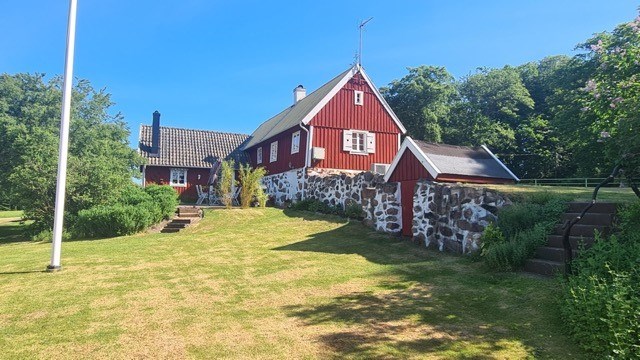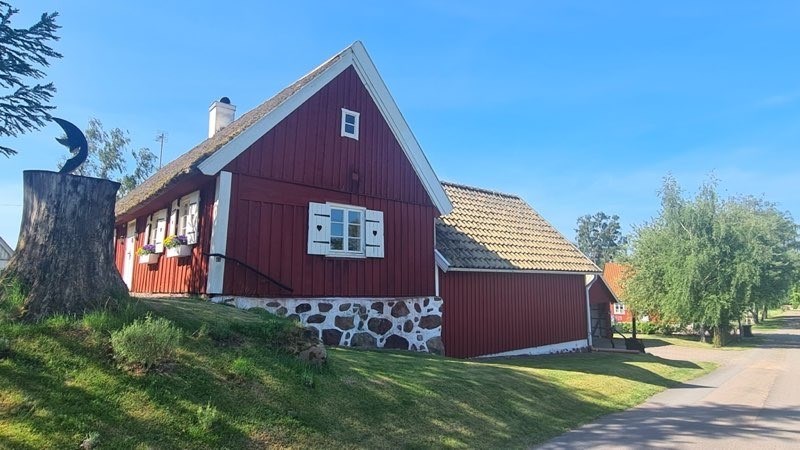NASA Invites Media to Agency’s 25th Annual Student Launch Challenge
NASA’s annual Student Launch challenge will bring middle school, high school, and college students from around the country together to launch high-powered rockets and payloads. On Saturday, May 3, from 8:30 a.m.-2:30 p.m. CDT (or until the last rocket launches), student teams will convene for the agency’s 25th annual challenge at Bragg Farms in Toney, Alabama, near NASA’s Marshall Space Flight Center in Huntsville. Live streaming will begin at 8:20 a.m. CDT on NASA Marshall YouTube.
Media interested in covering Student Launch events should contact Taylor Goodwin at 938-210-2891.
Winners will be announced June 9 during a virtual awards ceremony once all teams’ flight data has been verified.
Seventy-one teams participated this year; 47 teams are expected to launch in-person. Teams not traveling to Alabama are allowed to conduct final test flights at a qualified launch field near them.
Schedule of Events:
Rocket Fair: Friday, May 2, 2025, 3-6 p.m. at the Von Braun Center East Hall.A free event for the public to view rockets and meet the student teams.
Launch Day: Saturday, May 3, 2025, gates open at 7 a.m. and the event runs from 8:30 a.m.-2:30 p.m. (or until last rocket launch) at Bragg Farms, in Toney, Alabama. This is a free public event with live rocket launches. Please be weather aware. Lawn chairs are recommended. Pets are not permitted.
Back-up Launch Day: Sunday, May 4, 2025, is reserved as a back-up launch day in case of inclement weather. If needed, the event will run from 8:30 a.m. to 2:30 p.m. (or until last rocket launches) at Bragg Farms.
[embedded content]
About the Competition
Student Launch provides relevant, cost-effective research and development of rocket propulsion systems and reflects the goals of NASA’s Artemis Program, which will establish the first long-term presence on the Moon and pave the way for eventual Mars missions.
Each year, the payload component changes to reflect current NASA missions. As Student Launch celebrates its 25th anniversary, the payload challenge will include “reports” from STEMnauts, non-living objects representing astronauts. The STEMnaut “crew” must relay real-time data to the student team’s mission control, just as the Artemis astronaut crew will do as they explore the lunar surface.
Eligible teams compete for prizes and awards and are scored in nearly a dozen categories including safety, vehicle design, social media presence, and science, technology, engineering, and math (STEM) engagement.
Marshall’s Office of STEM Engagement hosts Student Launch to encourage students to pursue careers in STEM through real-world experiences. Student Launch is a part of the agency’s Artemis Student Challenges– a variety of activities exposing students to the knowledge and technology required to achieve the goals of the Artemis missions.
In addition to the NASA Office of STEM Engagement’s Next Gen STEM project, NASA Space Operations Mission Directorate, Northrup Grumman, National Space Club Huntsville, American Institute of Aeronautics and Astronautics, National Association of Rocketry, Relativity Space and Bastion Technologies provide funding and leadership for the competition.
For more information about Student Launch, please visit:https://www.nasa.gov/learning-resources/nasa-student-launch/
Taylor Goodwin NASA’s Marshall Space Flight Center, Huntsville, Alabama256-544-0034taylor.goodwin@nasa.gov Läs mer…

